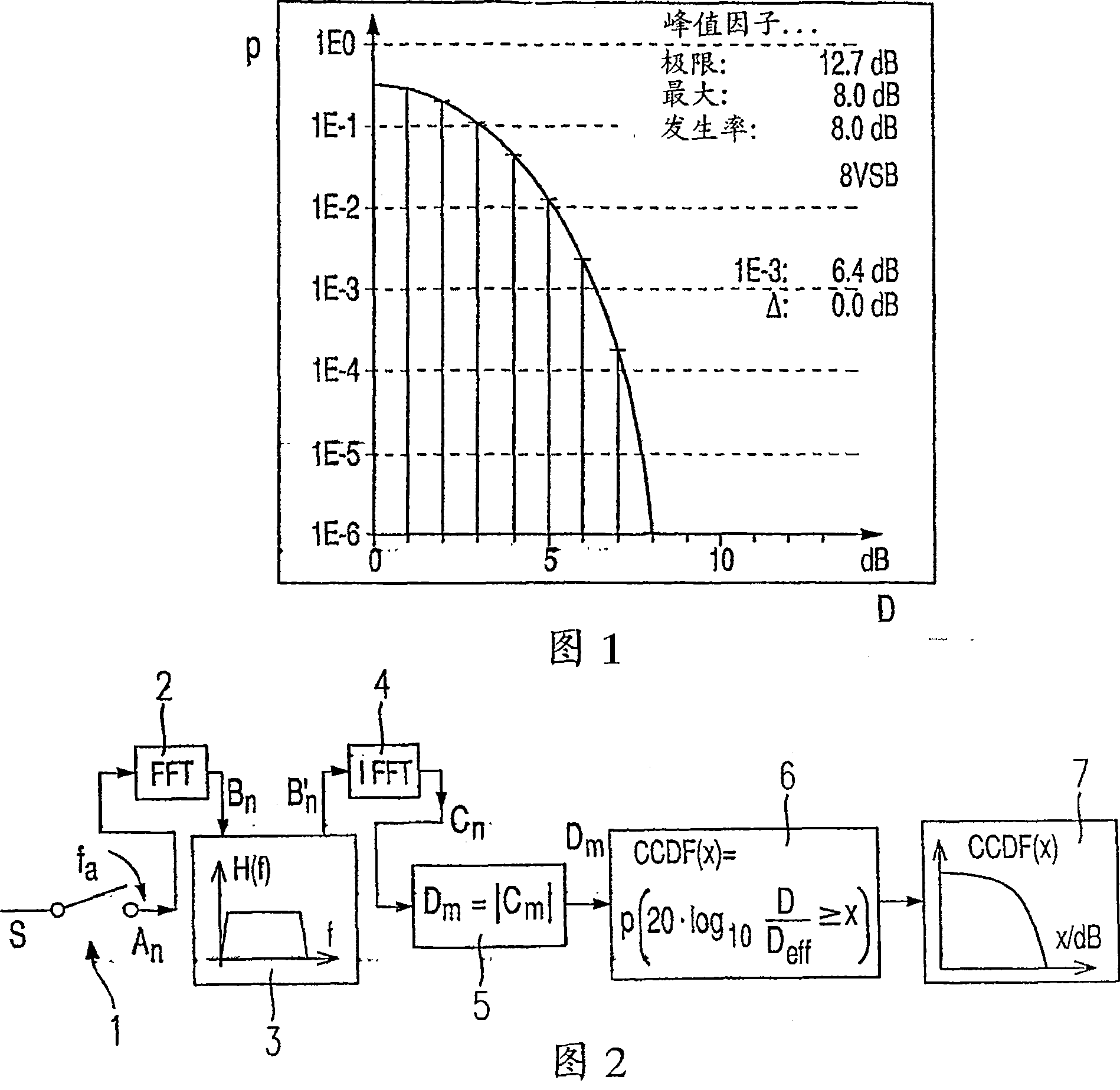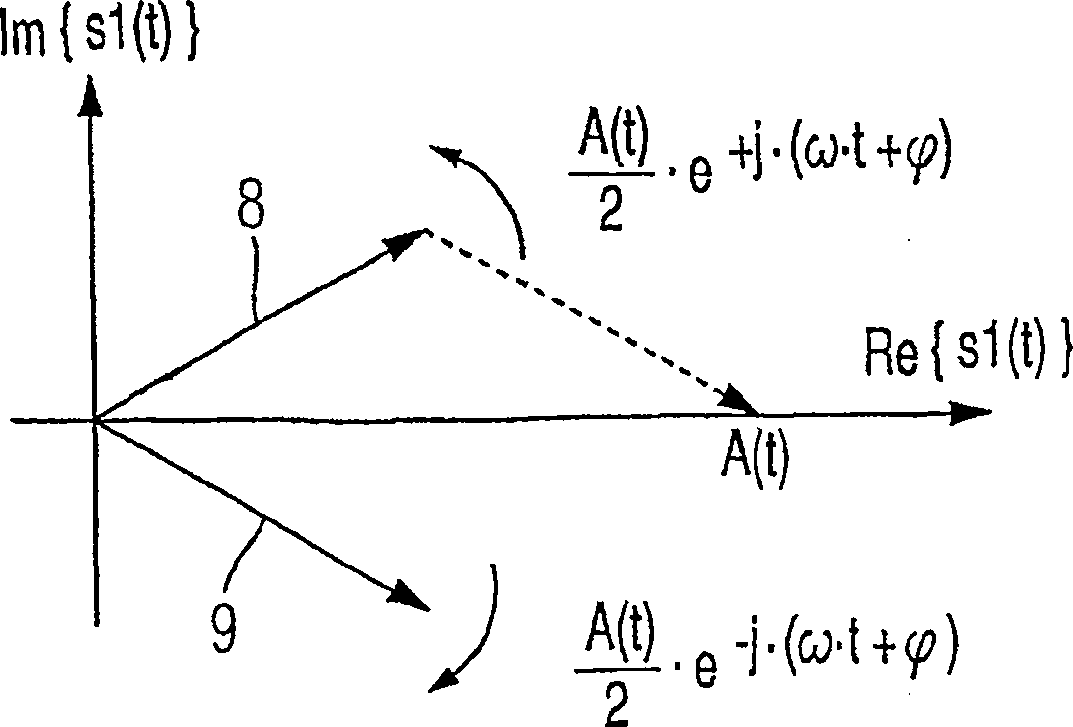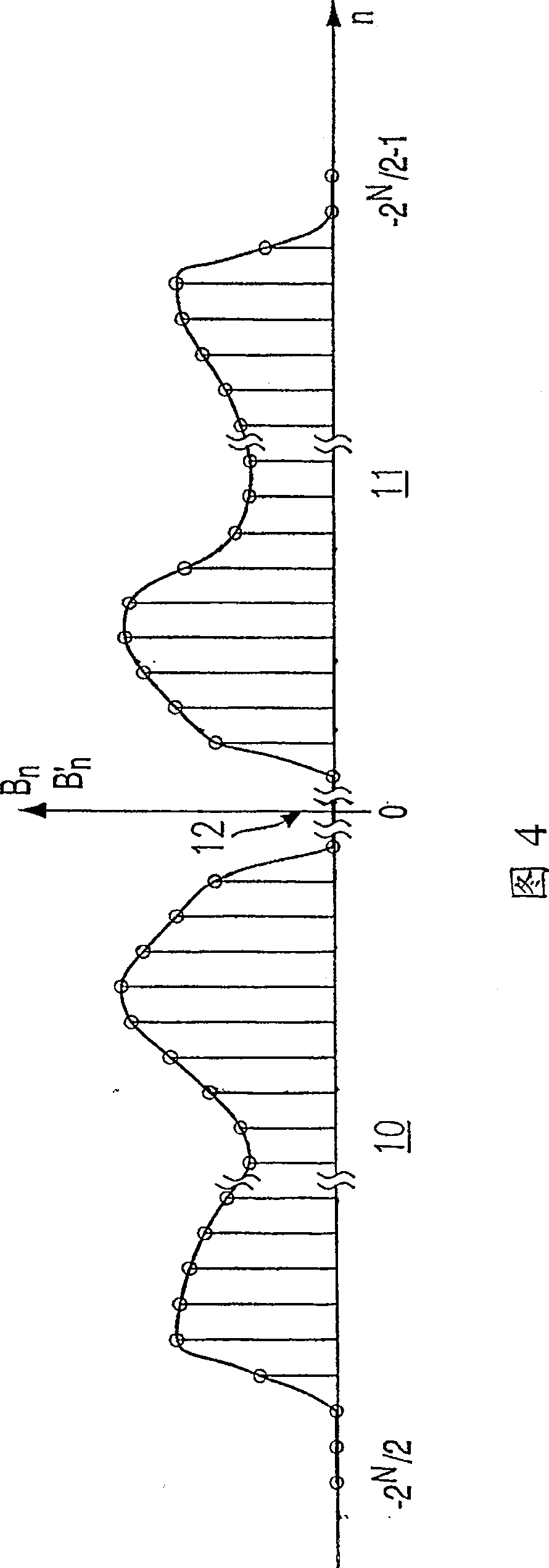Method for determining envelope lines of modulation signals
An envelope and input signal technology, applied in the direction of using signal quality detectors for error detection/prevention, image communication, color TV components, etc., can solve problems such as inaccurate CCDF measurement
- Summary
- Abstract
- Description
- Claims
- Application Information
AI Technical Summary
Problems solved by technology
Method used
Image
Examples
Embodiment Construction
[0018] The method according to the invention is explained below by means of an application example for determining the instantaneous power of the envelope for a CCDF curve. However, as already described, the method according to the invention is not limited to this application, but is suitable for all applications requiring the instantaneous level of the envelope or a signal value such as power (ie the square of the level).
[0019] Figure 2 illustrates the method according to the invention by way of a block diagram. Wherein, the high-frequency input signal S modulated by the modulating signal is first digitally sampled by the sample and hold circuit 1 . This produces a digital sample A of the input signal S n . Then, sample A n Perform Fourier transform, for example, the fast Fourier transform (FFT) algorithm can be used to perform Fourier transform on sample An, thus producing Fourier-transformed samples (Fourier-transformed samples) B n . The Fourier transform is shown ...
PUM
 Login to View More
Login to View More Abstract
Description
Claims
Application Information
 Login to View More
Login to View More - R&D
- Intellectual Property
- Life Sciences
- Materials
- Tech Scout
- Unparalleled Data Quality
- Higher Quality Content
- 60% Fewer Hallucinations
Browse by: Latest US Patents, China's latest patents, Technical Efficacy Thesaurus, Application Domain, Technology Topic, Popular Technical Reports.
© 2025 PatSnap. All rights reserved.Legal|Privacy policy|Modern Slavery Act Transparency Statement|Sitemap|About US| Contact US: help@patsnap.com



